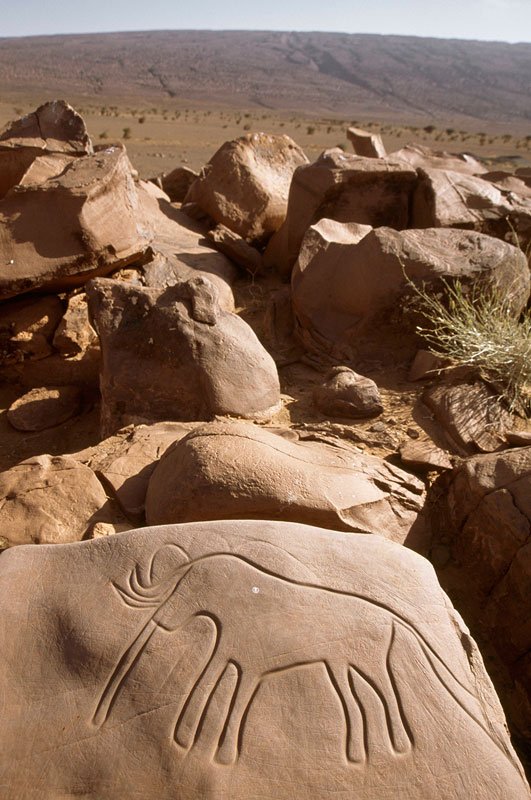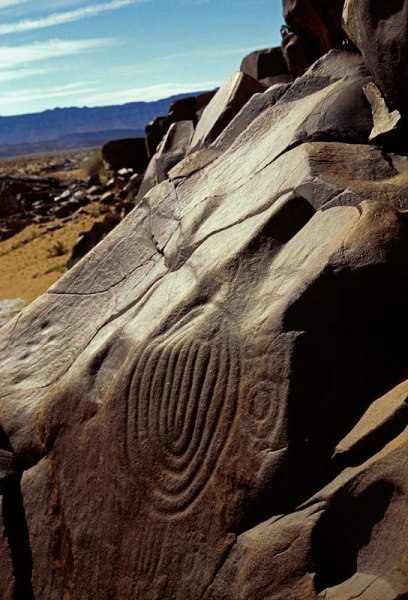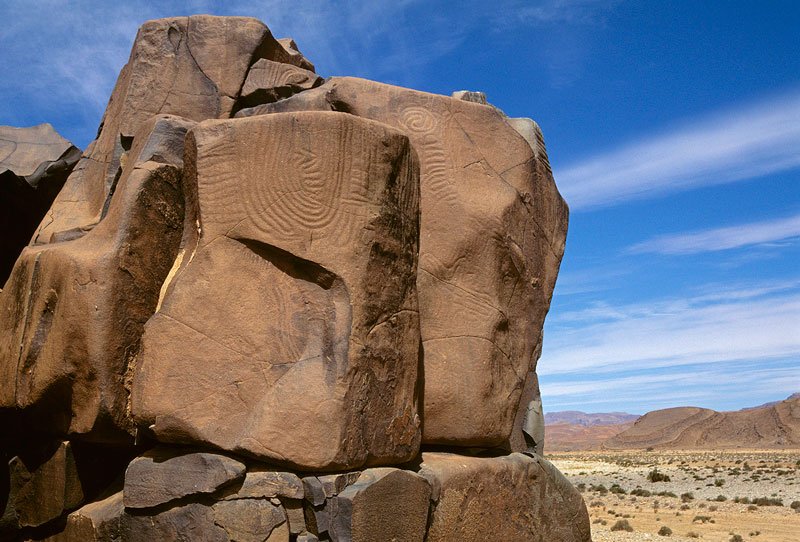Exploring Morocco's enigmatic rock art
In the almost infinite expanse of Morocco, under the azure desert sky, whispers of forgotten stories echo from weathered rock faces. Carved thousands of years ago, intricate petroglyphs and enigmatic paintings offer a glimpse into the lives and beliefs of ancient peoples who roamed these lands.
Morocco boasts over 300 documented rock art sites, concentrated in two main areas: the soaring peaks of the High Atlas Mountains and the arid plains of the Sahara. These silent galleries unveil a fascinating timeline, with the oldest engravings dating back to the Neolithic period (around 8000-3000 BC) and others extending into the early Islamic era.
The early artists captured their world with an expressive simplicity. Gazelles, elephants, and rhinoceros—creatures now absent from the landscape—dance across the rocks, a testament to a time when wetter savannas teemed with life. Scenes of hunting, warriors brandishing weapons, and ritual figures hint at the daily struggles and cultural practices of these enigmatic communities.
But the meaning of these ancient messages remains shrouded in mystery. Were they meant as maps, hunting records, or spiritual expressions? Scholars continue to piece together the puzzle, analyzing the symbols and motifs to understand the worldview of these vanished cultures.
Beyond their historical significance, these ancient artworks weave a powerful connection to the land. Standing before a panel of petroglyphs, etched by hands long turned to dust, evokes a profound sense of timelessness. We become tiny threads in the vast tapestry of human history, our own stories a whisper in the grand narrative etched upon the rocks.





